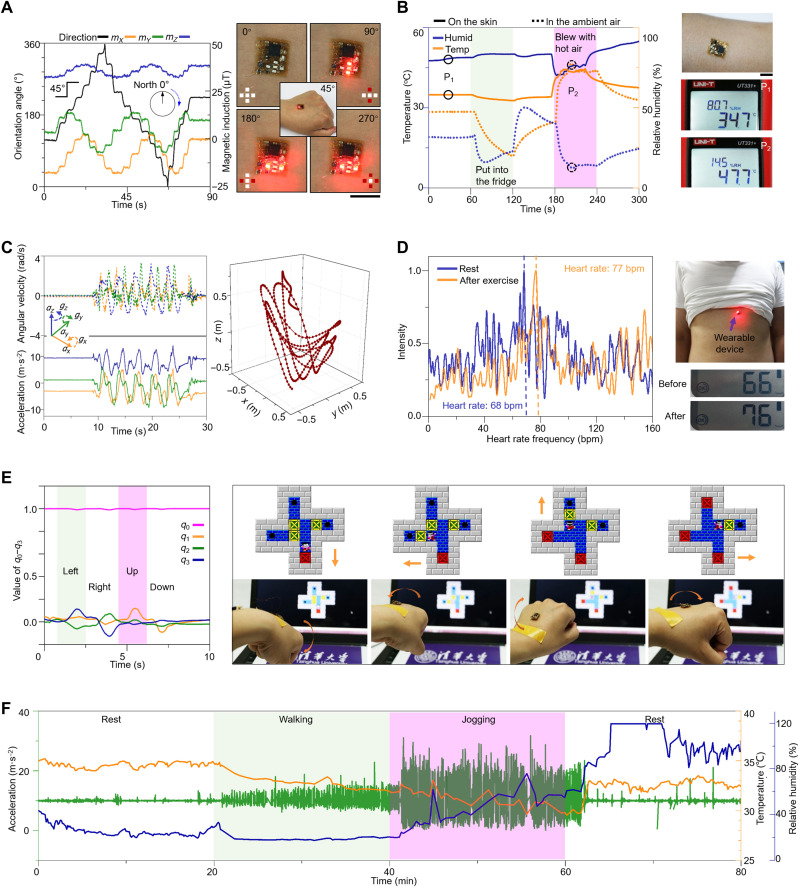Fig. 4. Demonstration of functional characteristics of the SMNM-based electronic system.
(A) Left: Recorded data of three-axis magnetic induction. Right: Device mounted on the hand to serve as a compass display. Scale bar, 10 mm. (B) Left: Results of the temperature and relative humidity. Right: The device mounted on the arm and images of temperature and relative humidity results from a commercial meter. (C) Left: Representative recordings of three-axis acceleration and three-axis angular velocity from the palm. Right: Reconfigured 3D motion curves. (D) Left: Results of heart rates extracted from the frequency analysis of accelerometer data, obtained from the device placed on the chest. Right: Device mounted on the chest and heart rates measured with a commercial sphygmomanometer. (E) Proof-of-concept demonstration of a wireless mouse application. Left: Raw signals of quaternions (q0, q1, q2, and q3) obtained from the device are processed to yield representative vital signs for gesture recognition. Right: Photographs showing the control of the Sokoban pushing box game through hand gesture (i.e., move up, down, left, and right) recognition. (F) Physiological monitoring of the acceleration, temperature, and relative humidity of the body epidermis while going through a cycle (80 min) of rest-walking-jogging-rest. Photo credit: H.S., Tsinghua University.

